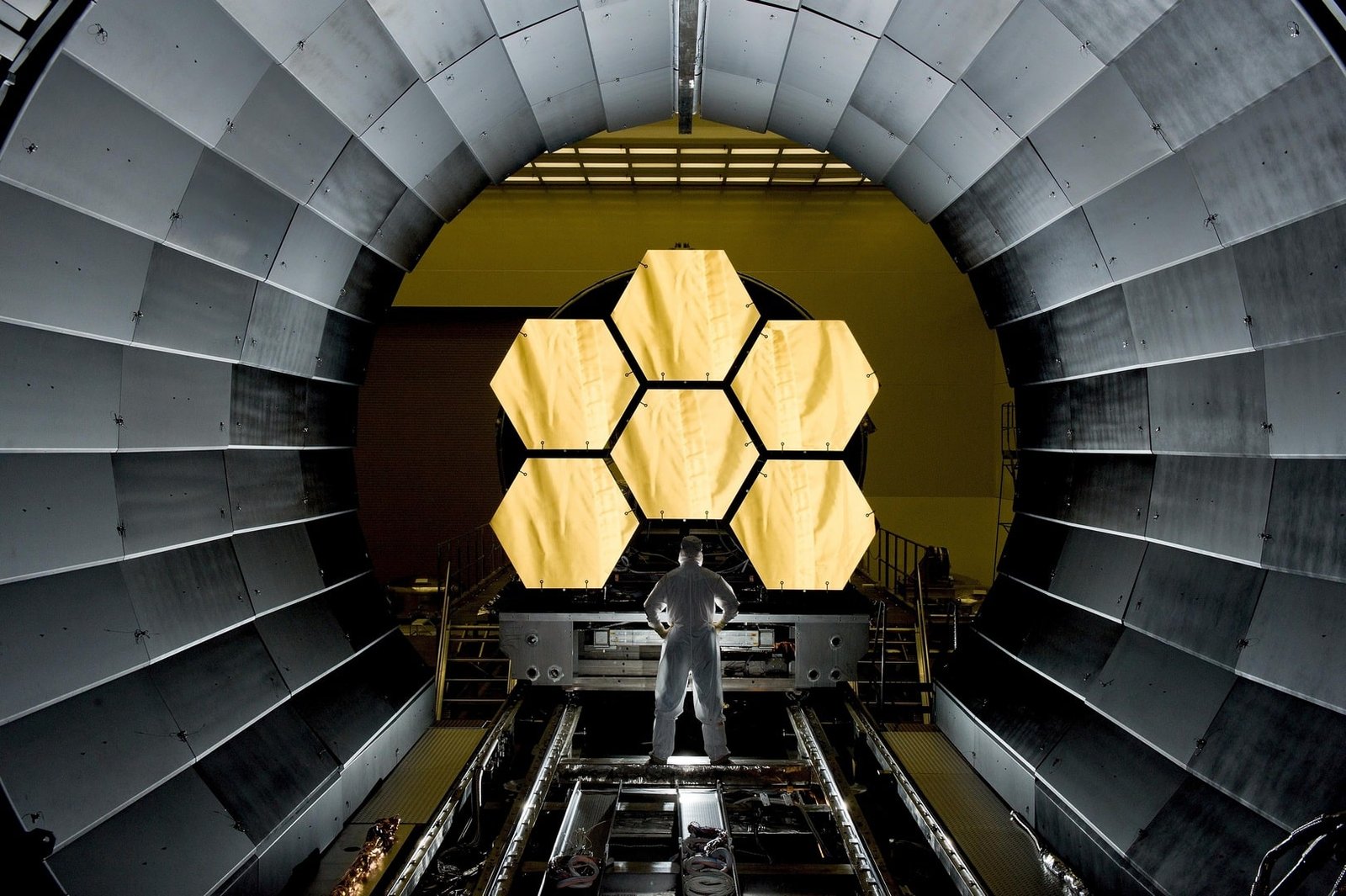What is MHL How does it work
In today’s interconnected world, the demand for seamless multimedia connectivity between devices is higher than ever. Mobile High-Definition Link (MHL) technology has emerged as a versatile solution, enabling the transmission of high-definition audio and video signals from mobile devices to larger displays. In this blog, we will explore what MHL is, how it works, and its benefits in enhancing the multimedia experience.
What is MHL? MHL, short for Mobile High-Definition Link, is a technology standard that allows mobile devices such as smartphones and tablets to connect and transmit audio and video signals to larger displays such as televisions, monitors, or projectors. It provides a simple and efficient way to view mobile content on a larger screen, offering a more immersive multimedia experience.
How Does MHL Work? MHL technology uses a combination of hardware and software to establish a connection and transmit audio and video signals between a mobile device and a display. Let’s delve into the key components and steps involved in the MHL process:
- MHL-Compatible Mobile Device: To use MHL, you need a mobile device (e.g., smartphone or tablet) that supports MHL technology. Such devices have an MHL-enabled micro USB or USB-C port, which serves as the connection point for MHL transmission. The MHL feature may be supported by default or require an MHL adapter.
- MHL Cable or Adapter: To establish the connection between the mobile device and the display, an MHL cable or adapter is required. The cable typically has a micro USB or USB-C connector on one end, which plugs into the mobile device’s MHL-enabled port. The other end of the cable connects to the HDMI (High-Definition Multimedia Interface) input port of the display.
- Powering the Mobile Device: MHL technology allows the connected display to power the mobile device through the MHL cable. This eliminates the need for separate power sources or draining the device’s battery during multimedia playback. The power is delivered from the display to the mobile device through the same HDMI connection used for audio and video transmission.
- Audio and Video Transmission: Once the MHL connection is established, the mobile device begins transmitting audio and video signals to the display. The MHL standard supports high-definition video resolutions up to 4K Ultra HD and delivers immersive surround sound audio formats. Users can enjoy their mobile content, including videos, photos, games, and applications, on a larger screen with enhanced visual and audio quality.
Benefits of MHL: MHL technology offers several advantages for both consumers and businesses:
- Enhanced Multimedia Experience: MHL enables users to enjoy mobile content on larger displays with superior audio and video quality, providing a more immersive multimedia experience.
- Seamless Connectivity: MHL provides a simple and straightforward connection method between mobile devices and displays. With a single cable or adapter, users can quickly establish a connection without the need for complex setup procedures.
- Device Charging: The MHL connection allows the display to power the connected mobile device, ensuring uninterrupted playback and eliminating the need for separate charging cables or power sources.
- Broad Compatibility: MHL is supported by a wide range of mobile devices and display devices, making it a versatile and widely adopted standard in the market.




























